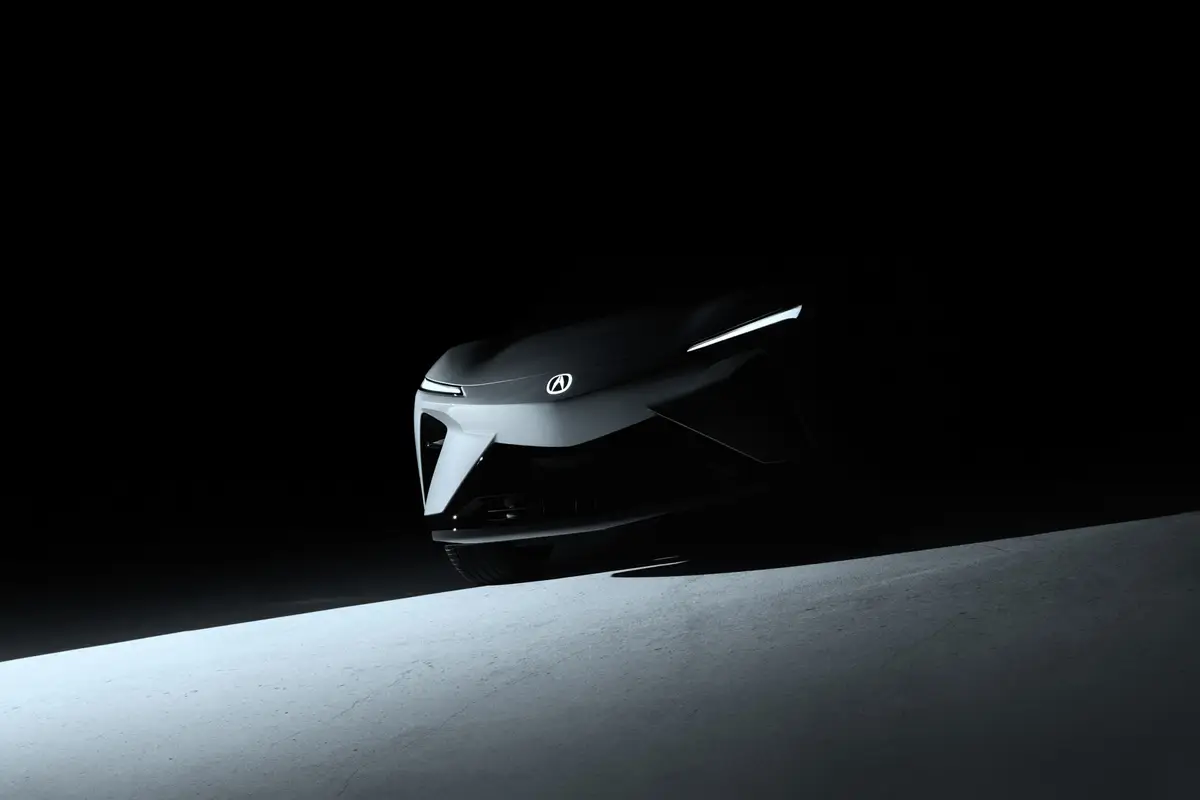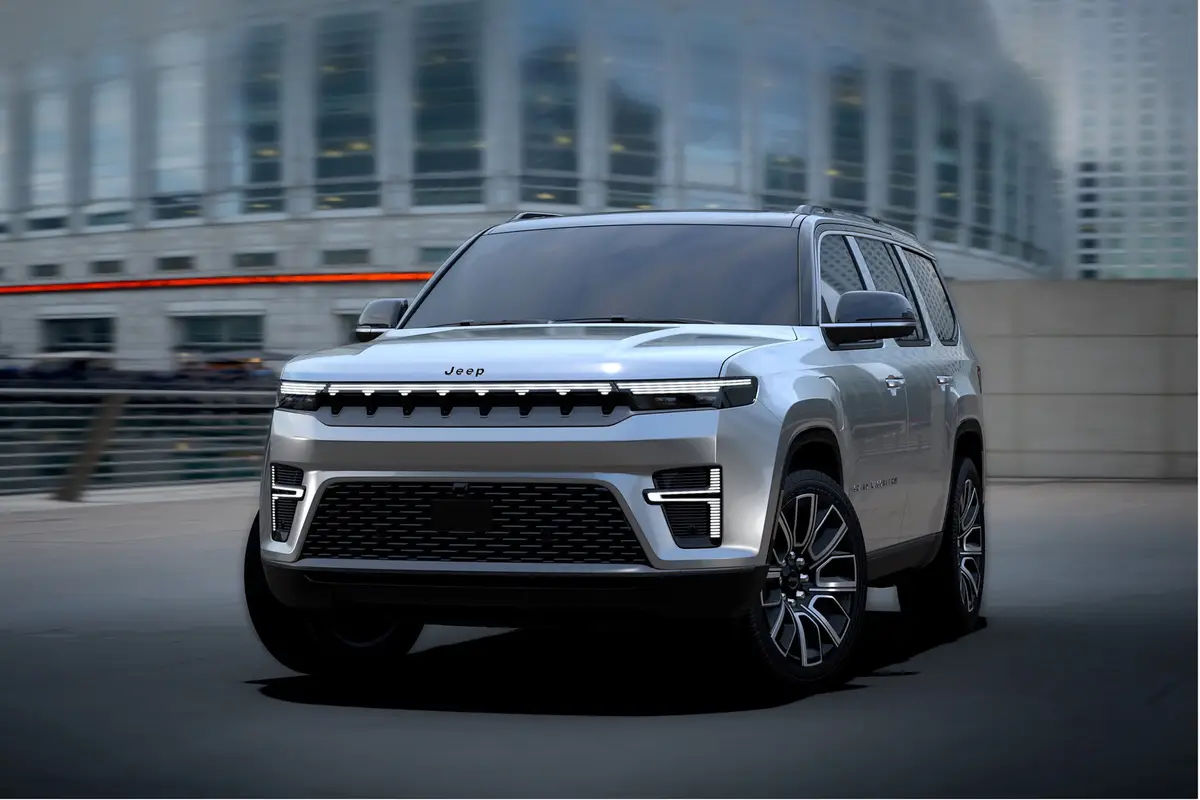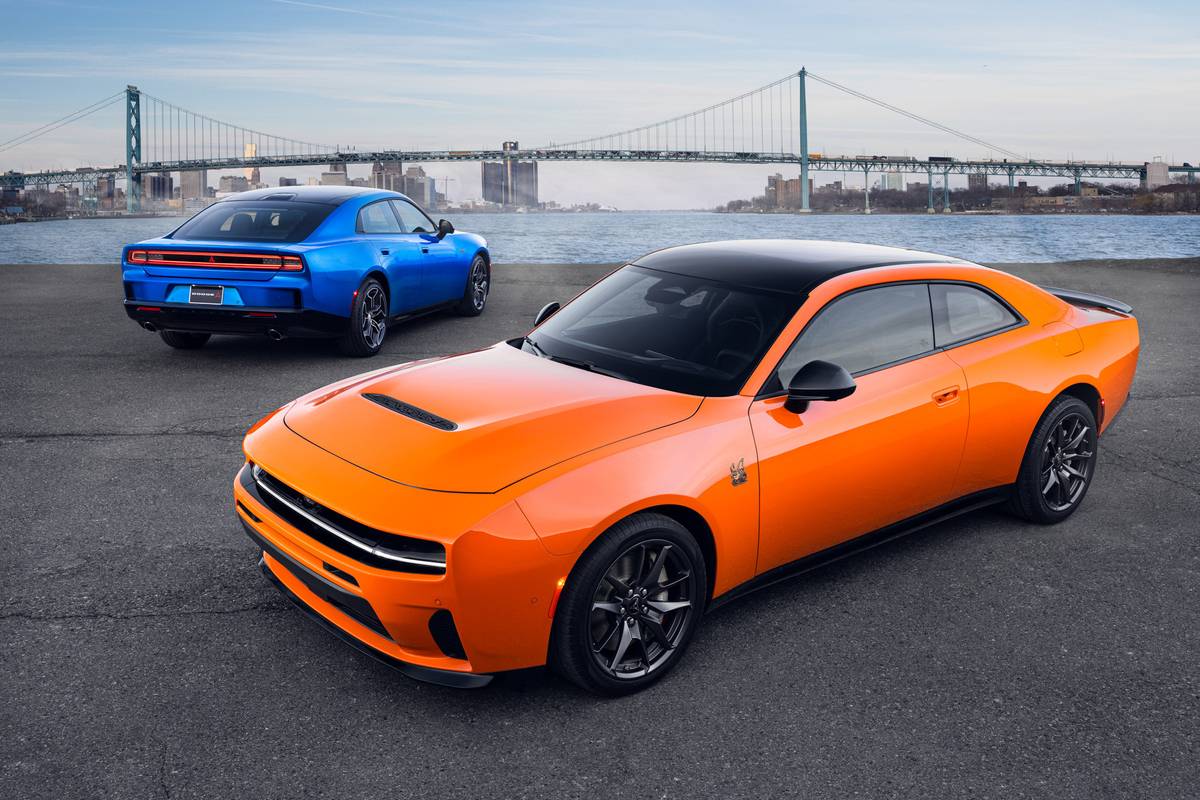Cincinnati.com's view
GM has really pulled a number on its loyal customers this time. They’ve taken the Cadillac DeVille, the barge beloved of real-estate agents and white-haired early-bird-special diners, and turned it into a world-class luxury sedan with considerable driver-pleasing qualities.
What are they putting in the man’s Salems, you may ask? Bear with me and indulge in a little willing suspension of disbelief. To look at it, you might think the 2000 edition of the DeVille is just a light restyling. But it’s actually a new car, based on a new platform similar to the one used by the Seville. With two million registered DeVille owners, many of them on in years, GM did not want to cause palpitations. But it still managed to clean up the design just enough to perhaps make it appealing to the new target audiences, Boomers and pre-Boomers, i.e., people in their 40s and 50s.
The car appears trimmer in side view, and has enough styling tricks to create visual interest without being shockingly outré about it. You want chrome? Well, you get a little on the body – just a little – and if you must, for 795 bucks you can get the alloy wheels slathered with chromium, too.
But it’s not the Styling department that deserves the kudos – it’s Engineering. The new DeVille is a tour de force of technologies both obvious and hidden. The new DeVille is three inches shorter and two inches narrower than its predecessor, but the wheelbase has been extended by an inch and a half, and the interior is nearly as capacious as before, falling solidly into EPA’s large-car category.
The DeVille is served up in three guises, standard (to call it base would be dissonant), DHS (DeVille High luxury Sedan) and DTS (DeVille Touring Sedan). The labels tell the story pretty well, although they may not do justice to the DTS, which was the one I tested. The emphasis here is on performance, although luxury materials are not lacking and the interior is decidedly not tourist class. Like its partners, the DTS is powered by the famed Northstar system, the heart of which is a lovely aluminum-and-magnesium 4.6-liter V-8 with 32 valves and twin overhead camshafts for unfettered breathing at all speeds.
Either GM was prescient, or it was getting a lot of beefs from previous owners, for with the current model year it has made this premium powerplant run happily on regular gas, 87 octane, instead of the 91/93 heretofore recommended. It accomplished this trick, worth about 20 cents’ savings per gallon, by lowering the compression ratio to a still-snappy 10:1, and altering the pistons, combustion chamber, manifold, ignition system, exhaust manifold. air pumps and accessory mountings. Where necessary, it can be qualified as a low-emissions vehicle, quite a feat for its size.
In regular trim, the engine makes 275 hp and 300 foot-pounds of torque. As configured for the DTS version, it can claim 300 hp and 295 foot-pounds. Either way, it’s sufficient to propel the tw o-ton machine to 60 mph in right around eight seconds, very perky. It generally will not require a tuneup until it turns 100,000 miles, and has the traditional “limp-home” ability that rich people must worry about. In the event of a total coolant loss, the main computer detects the rising cylinder-head temperatures and sees to it that only four of the eight cylinders fire on each cycle. The idle four are just pumping air, which serves to cool them. Like a mini-spare, this mode is said to be good for about 50 miles at speeds of 50 mph and under.
The transmission is a superb four-speed automatic, which might as well be the continuously variable kind, so smooth and undetectable is it in even very demanding service. It is not geared quite so high as the ones fitted to some other large GM cars I’ve driven lately, so there was no sense of the car running away in top (overdrive) gear, although serious compression braking could be best felt in second gear. The DTS does use a much sto final drive ratio than the other series, sacrificing a bit of fuel economy for a more responsive feel.
EPA fuel economy estimates are 17 mpg city, 28 highway. Overall, I saw an impressive 26.6, abetted no doubt by one longish freeway run I made with the cruise control stuck on 60 mph so I could fiddle with some other gear, during which the on-board computer calculated a remarkable 42.7 mpg.
The glory of this car is in its suspension. The DTS sits on H-rated (not too stiff) 17-inch tires (235/55 profile) wrapped around aluminum wheels. The less sporty series use 225/60/16s. The DTS comes with what Caddy calls a continuously variable road sensing suspension. Wheel position sensors interact with a microcomputer to signal electronically-adjustable shock absorbers at each wheel to go hard, soft or in between – all within less than seven inches of road travel at 65 mph, GM says. The system accounts for heave (from road swells), pitch (the tilting of the whole car about its center of gravity), roll and front-end lift on acceleration or dive on braking. Steering-angle sensors also adjust the shocks differentially in cornering maneuvers. In addition, the DTS comes with GM’s StabiliTrak system, which comes into play in more extreme maneuvers to ensure that, within physical limits, the car goes where it’s pointed. It accomplishes this by applying one or the other of the front brakes to limit lateral slip. Sounds good. How does it work? Superbly.
The net results of all the trickery is that the DTS floats like a cloud over good surfaces and tightens up as needed over the bad stuff to keep the machine firmly planted. The StabiliTrak makes the car corner easily at the limit of adhesion, on wet or dry pavement, and that limit is quite high. The DeVille would hold its own with many a sporty car over wild, twisting roads in the hands of even an ordinary product of high school driving class. It has to be experienced to be appreciated. Go ahead, give a car salesman a thrill. Reining in a two-ton machine requires brakes as good as the DeVille has, large ventilated discs up front and large solid discs in the rear, antilock-backed, of course.
Front and side torso-protecting air bags are standard across the DeVille line for driver and passenger, while torso-protecting side bags are optional for the rear seats. These are claimed to be safe for small children.
The DTS had an option GM has been trumpeting in its ads, the Enhanced Night Vision System. An infrared sensor mounted in the middle of the grille looks ahead and projects a black-and-white image onto the lower part of the windshield in front of the driver. The theory is it allows one to pick up heat sources (particularly people and animals) farther than by headlamps alone. I found it worse than useless. Might be just me, but inanimate objects (cars, trees, guard rails) showed up plainly on the cluttered screen, which is focused at a middle range, short of the infinity one us es for scanning the road ahead. Terribly distracting, I thought, and a bit disorienting, too, because reflexively one expects such virtual images to be behind one’s car, like the ones in rearview mirrors. One should not “outdrive” the headlamps in the first place, and I think a better technological solution is to mount better headlamps, like the xenon jobs other luxury cars employ. It can be turned off, or better, not ordered in the first place. More appealing was the ultrasonic system mounted in the rear bumper to aid in backing maneuvers. Four sensors work in concert with audible and visible alert devices to inform the driver when she is approaching an obstacle – it even worked on bushes at the end of my driveway.
A Bose 8-speaker AM-FM-cassette-CD stereo is standard. It would profit from a fixed-mast or retractable antenna, but when fed a decent signal, it was delightful.
Base price on a DeVille DTS is $44,700, and that’s a machine equipped as one would expect i h uxury category. The tester had a comfort/convenience package for $695 that added memories for the seat and stereo, trunk mat, decklid tiedown and tilt steering wheel; a “safety/security” package for $400, consisting of a garage door opener and the ultrasonic rear parking assist; enhanced night vision, $1,995; auto contouring adjustable driver’s seat, $995; chrome wheels, $795; wood trim package, $595; six-disc CD changer, $595; rear side air bags, $295. Total, with freight, was $51,735.
“The Gannett News Service”
Latest news



